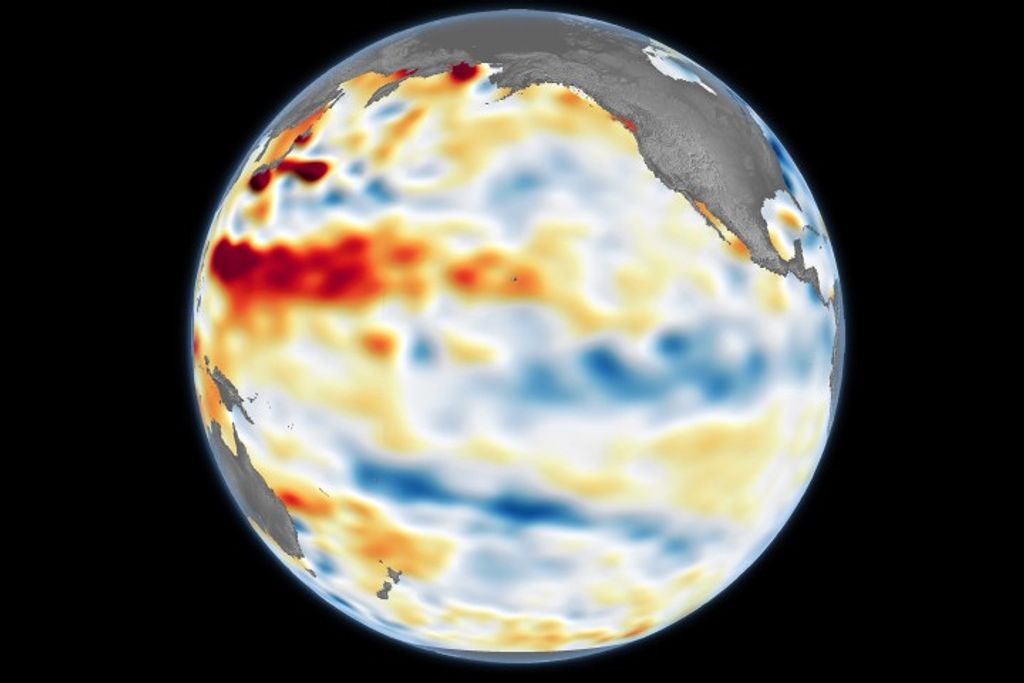Curiosity Takes a 360-Degree View of Gediz Vallis Channel
| Credit | NASA/JPL-Caltech/MSSS |
|---|---|
| Historical Date | July 18, 2024 |
| PIA Number | PIA26363 |
| Language |
|
NASA’s Curiosity Mars rover used its Mast Camera, or Mastcam, to take this 360-degree panorama from within Gediz Vallis channel on June 19, 2024, the 4,220th Martian day, or sol, of the mission. The panorama is made up of 336 individual images that were stitched together after being sent back to Earth. The color has been adjusted to match lighting conditions as the human eye would see them on Earth.
At left is the rover’s robotic arm, which is raised after drilling the mission’s 41st hole at a location nicknamed “Mammoth Lakes.” The sample collected by the drill will help scientists understand how this area formed.
The channel was likely formed by large floods of water and debris that piled jumbles of rocks and sediment into mounds within the channel and created a long ridge downhill (Gediz Vallis ridge). White stones visible in the center of the image have captured the attention of Curiosity’s scientists; after driving over one of the rocks on May 30, scientists discovered pure sulfur crystals inside. The rocks don’t appear to fit with other materials seen in this landscape. It’s possible that the stones were formed here, or they may have been brought by floodwaters or avalanches long ago, even coming from locations high above Curiosity, which is climbing the foothills of a 3-mile-tall (5-kilometer-tall) mountain called Mount Sharp.
The yellow sulfur crystals found inside the rock Curiosity ran over mark the first time pure sulfur has ever been found on Mars. It isn’t clear what relationship, if any, the elemental sulfur has to other sulfur-based minerals in the area.
While people associate sulfur with the odor from rotten eggs (the result of hydrogen sulfide gas), elemental sulfur is odorless. It forms in only a narrow range of conditions that scientists didn’t associate with the history of this location.
Curiosity was built by NASA’s Jet Propulsion Laboratory, which is managed by Caltech in Pasadena, California. JPL leads the mission on behalf of NASA’s Science Mission Directorate in Washington. Malin Space Science Systems in San Diego built and operates Mastcam.
For more about Curiosity, visit: science.nasa.gov/mission/msl-curiosity



























